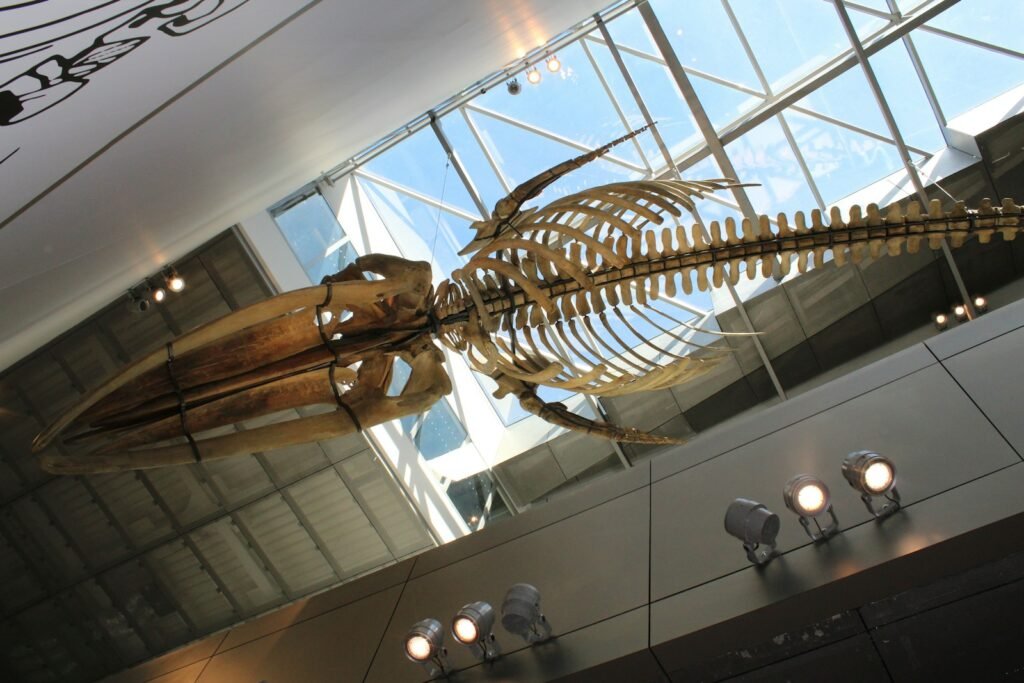The Amazon rainforest is often called the “lungs of the planet,” but what happens when these lungs are scarred by relentless logging? The image of vast, ancient trees toppling to make way for profits is both haunting and real. In a world where the demand for timber keeps rising, a bold question echoes through environmental circles: Could plantation wood—a seemingly sustainable alternative—truly replace the rich, irreplaceable resources of Amazon timber? This story isn’t just about trees; it’s about the pulse of the Earth, the livelihoods of millions, and the choices we make every time we buy a wooden chair or a paper notebook. Let’s journey through the tangled roots of this debate, exploring the science, the stakes, and the surprising possibilities that lie ahead.
The Amazon Rainforest: A Living Giant Under Threat
The Amazon is more than a forest; it’s a living, breathing organism sprawling across nine countries and sheltering an unimaginable variety of life. Each tree, vine, and leaf plays a part in its intricate web. But decades of logging, both legal and illegal, have left deep scars. More than 17% of the Amazon has been lost in just the past fifty years—a figure that stuns even the most seasoned scientists. The consequences ripple far beyond Brazil’s borders, affecting global weather, carbon cycles, and biodiversity. It’s not just about trees falling; it’s about entire systems unraveling. In the silence left behind, species vanish, cultures disappear, and the world loses a little more of its breath.
What Makes Amazon Timber So Special?
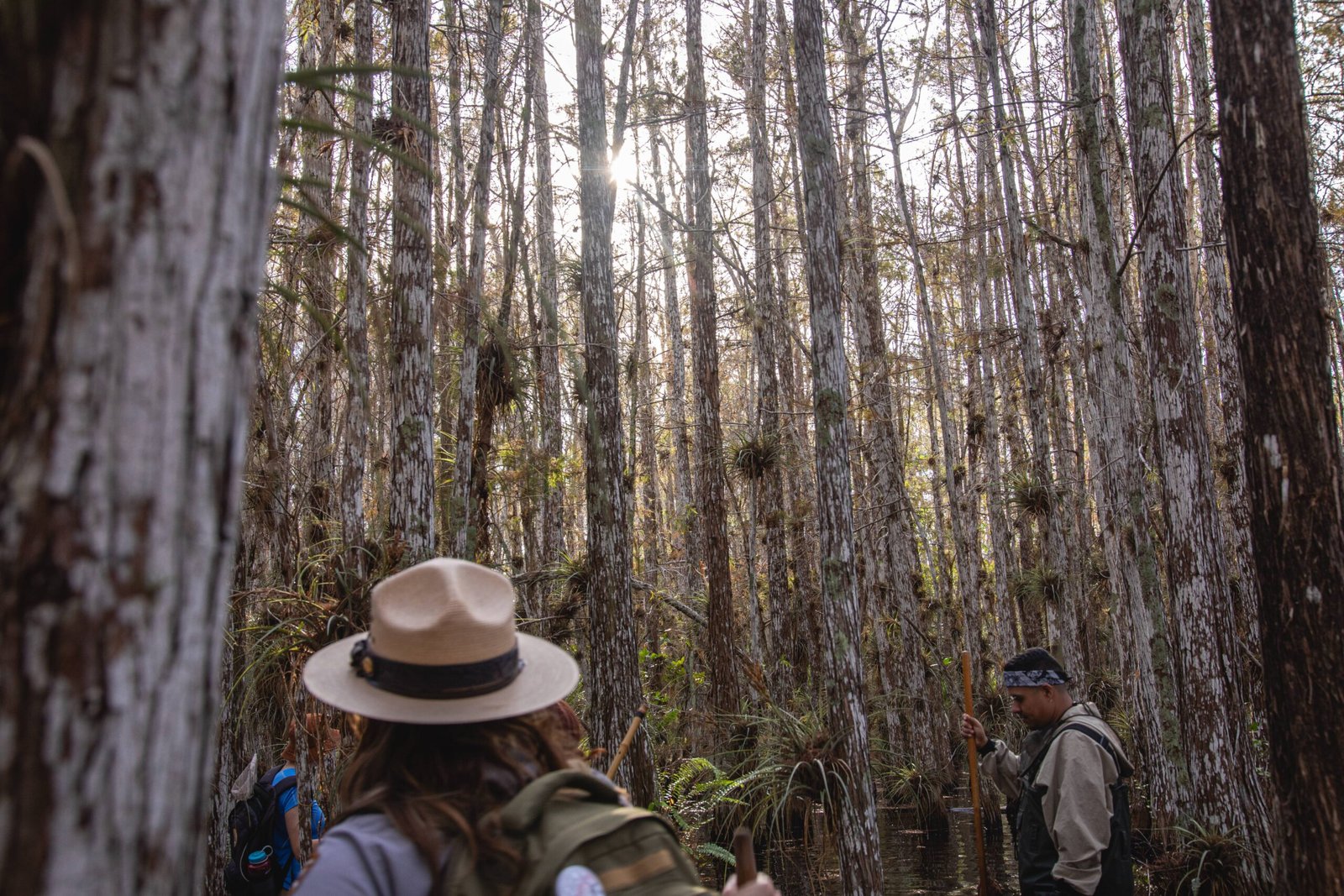
Amazon timber isn’t just ordinary wood. These trees have grown slowly for centuries, resulting in dense, durable, and beautifully grained lumber prized around the world. Mahogany, ipe, and jatoba each tell a story of resilience and adaptability, surviving in harsh, competitive environments. Their wood is rich in natural oils and resins, making it resistant to rot and insects. This quality makes Amazon timber a favorite for luxury furniture, decking, and musical instruments. But with every tree cut, we lose a piece of a living archive—one that cannot be recreated overnight. The loss isn’t just economic; it’s cultural and ecological.
The Rising Demand for Timber
As populations grow and economies expand, so too does our appetite for wood. From construction beams to paper products, timber is woven into daily life everywhere. The global timber trade is worth billions, and with tropical hardwoods in high demand, pressure on forests like the Amazon intensifies. Even strict regulations can’t always keep up with illegal logging operations, which sneak timber out under the cover of darkness. This relentless demand pits economic growth against environmental protection, creating a tug-of-war that’s as old as civilization itself. The question looms: can we meet our needs without sacrificing the wild heart of the planet?
Plantation Wood: A Promising Alternative?
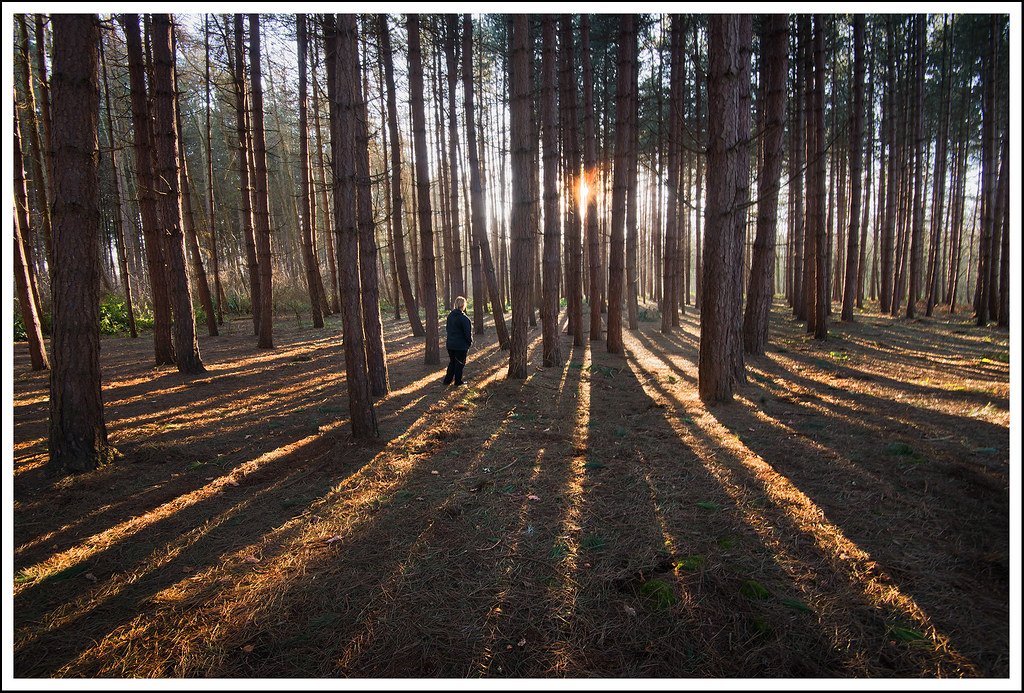
Enter plantation wood: fast-growing species like eucalyptus, pine, and acacia, cultivated on managed plots far from ancient forests. These plantations are engineered for efficiency, producing usable timber in a fraction of the time it takes an Amazon giant to mature. They promise a renewable, reliable supply of wood—an attractive solution for industries and consumers alike. But plantation wood isn’t without controversy. Critics argue that monoculture plantations can harm local ecosystems, deplete soil nutrients, and consume vast amounts of water. Still, the hope remains that, with careful management, plantations can take the pressure off natural forests and offer a greener path forward.
The Science of Carbon: Forests vs. Plantations
One of the Amazon’s superpowers is its ability to lock away vast amounts of carbon, slowing global warming. But when a rainforest is cleared, much of that stored carbon is released into the atmosphere, fueling climate change. Plantation forests also absorb carbon, but not at the same scale or complexity as old-growth forests. The age, diversity, and density of Amazon trees create a unique carbon sink that young, uniform plantations simply can’t match. Scientists warn that while plantation wood is better than deforestation, it’s no magic bullet. The differences in carbon storage are dramatic—and matter deeply for the planet’s future.
Biodiversity: A Tale of Two Forests
Walk through the Amazon and you’ll find a riot of life: jaguars, toucans, and countless insects and plants sharing each patch of forest. This rich biodiversity is the result of millions of years of evolution. In contrast, plantation forests are often silent and subdued. Planted with a single species, they lack the tangled complexity that supports so much life. Some plantations try to mimic natural forests by adding a mix of species or leaving wild corridors, but the differences are profound. The Amazon is an orchestra; plantations, by comparison, are a single, repeating note.
Socioeconomic Impacts: Whose Livelihoods Are at Stake?
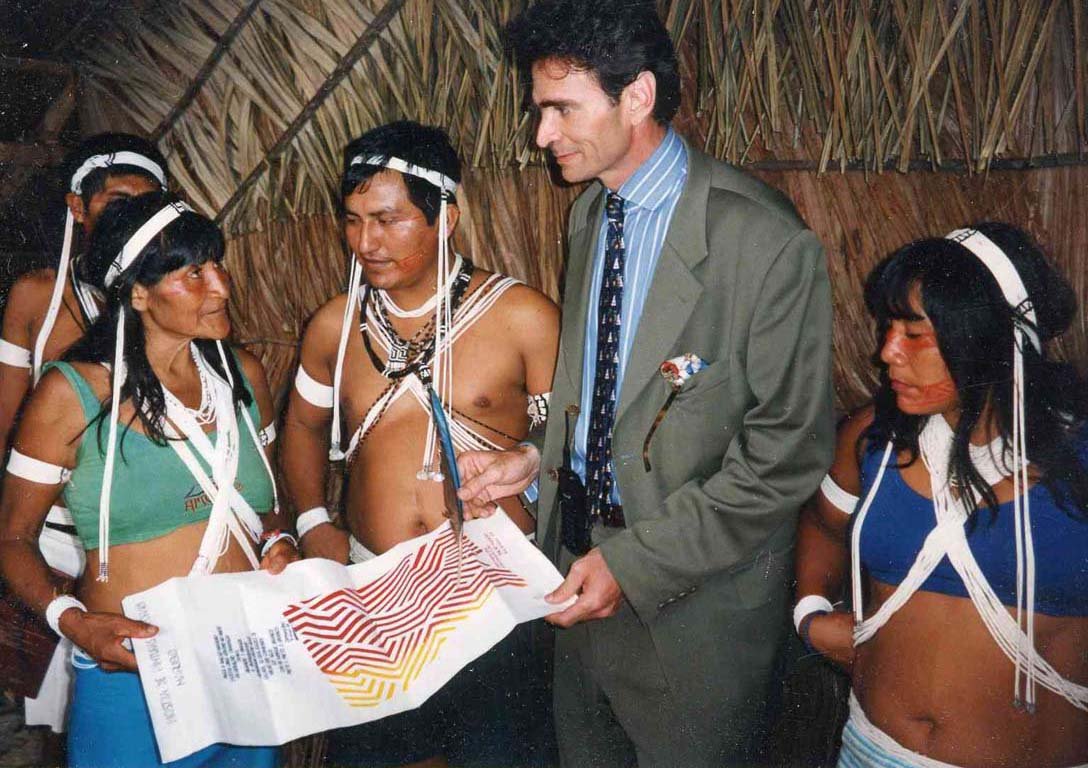
Many people depend on the Amazon for their survival—indigenous communities, small farmers, and local workers all rely on its bounty. Logging provides jobs and income, but it can also bring conflict, displacement, and a loss of traditional ways of life. Plantation forestry offers new opportunities: steady work, infrastructure, and sometimes even community projects. Yet, the transition isn’t always smooth. Plantations can displace local people, change land tenure systems, or introduce new social tensions. The future of Amazon timber isn’t just about trees; it’s about justice, fairness, and whose voices get heard.
Legal vs. Illegal Logging: The Shadowy Side of Timber
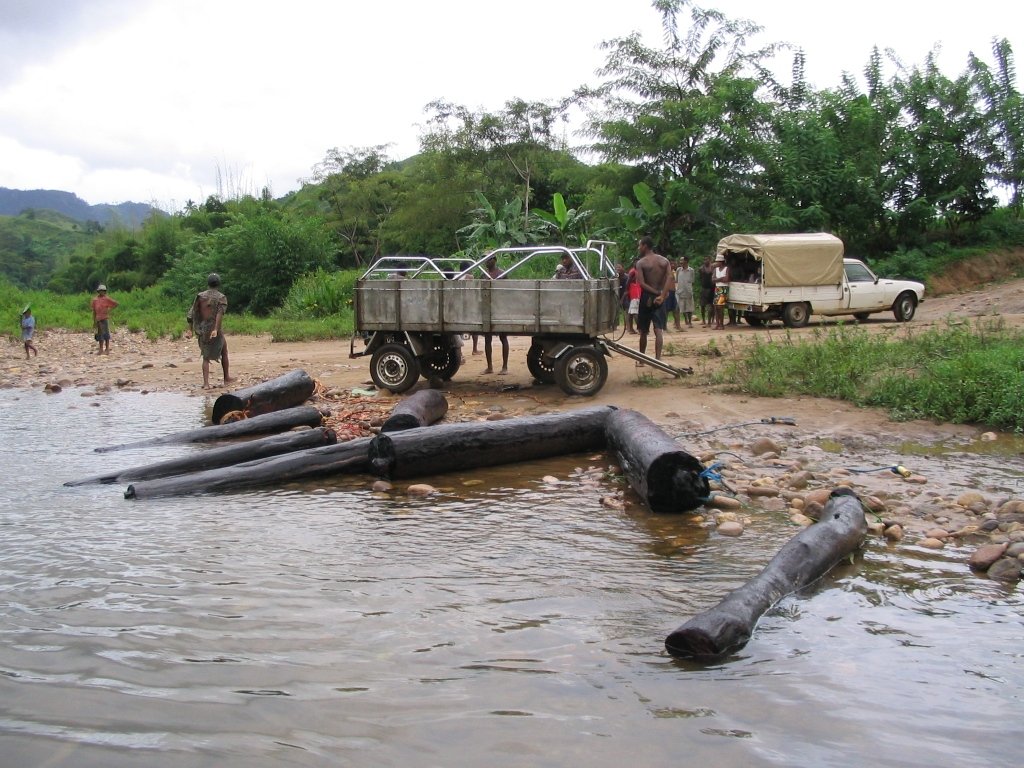
Not all timber comes with a stamp of approval. Illegal logging is a shadow industry, driven by corruption, weak enforcement, and insatiable global demand. It’s estimated that up to 80% of timber from the Amazon may be illegally harvested—a figure that shocks and infuriates. These operations devastate forests, fund organized crime, and undermine honest businesses trying to play by the rules. Plantation wood, with its clear supply chains and certification schemes, offers hope for a more transparent market. But rooting out illegal logging is a Herculean task, requiring international cooperation and relentless vigilance.
Certification and Sustainability: Can We Trust the Labels?
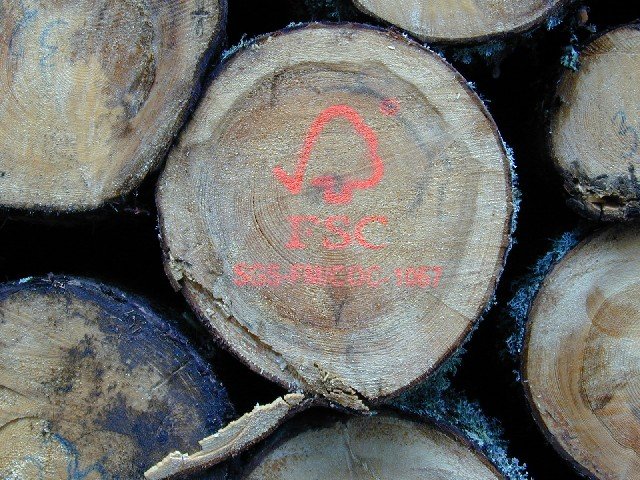
Walk into a hardware store and you’ll see labels boasting “sustainably harvested” or “FSC certified.” These certifications promise that the wood comes from well-managed forests or plantations. But are they enough? Some experts say certification has dramatically improved industry standards, while others argue that loopholes, lax inspections, and greenwashing persist. For plantation wood to truly replace Amazon timber, certification systems must be rigorous, transparent, and trusted by consumers. It’s a delicate dance between market forces and environmental ideals—a dance that’s still being choreographed.
The Role of Technology in Sustainable Forestry
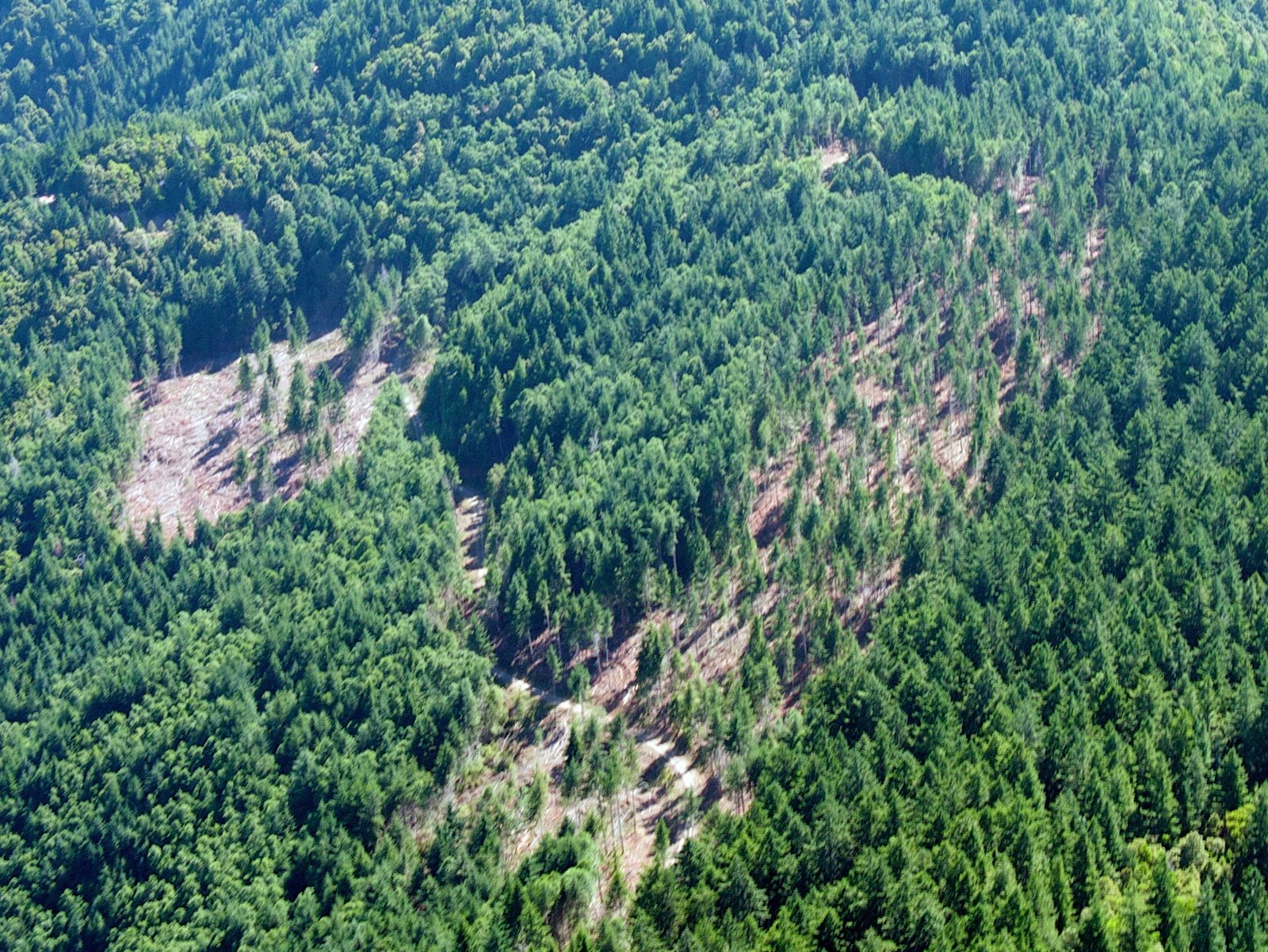
Drones, satellites, and blockchain may seem more at home in Silicon Valley than the rainforest, but they’re revolutionizing forestry. Satellites track illegal logging in real-time, while drones survey vast plantations with pinpoint accuracy. Blockchain technology can trace a plank of wood from seedling to shelf, making fraud harder and transparency easier. These innovations give hope that the timber industry can become both profitable and sustainable. But technology is only a tool; it’s up to people to wield it wisely and with integrity.
Plantation Wood: Not All Created Equal
Just as no two forests are alike, not all plantation wood is the same. Some plantations are managed with care, using mixed species, rotating crops, and protecting nearby habitats. Others are little more than green deserts, draining water, degrading soil, and displacing communities. The difference comes down to management, regulation, and intent. Thoughtfully run plantations can support wildlife, sequester carbon, and provide reliable timber. Poorly managed ones can create new problems as bad as those they aim to solve.
Economic Realities: Costs, Benefits, and Trade-Offs
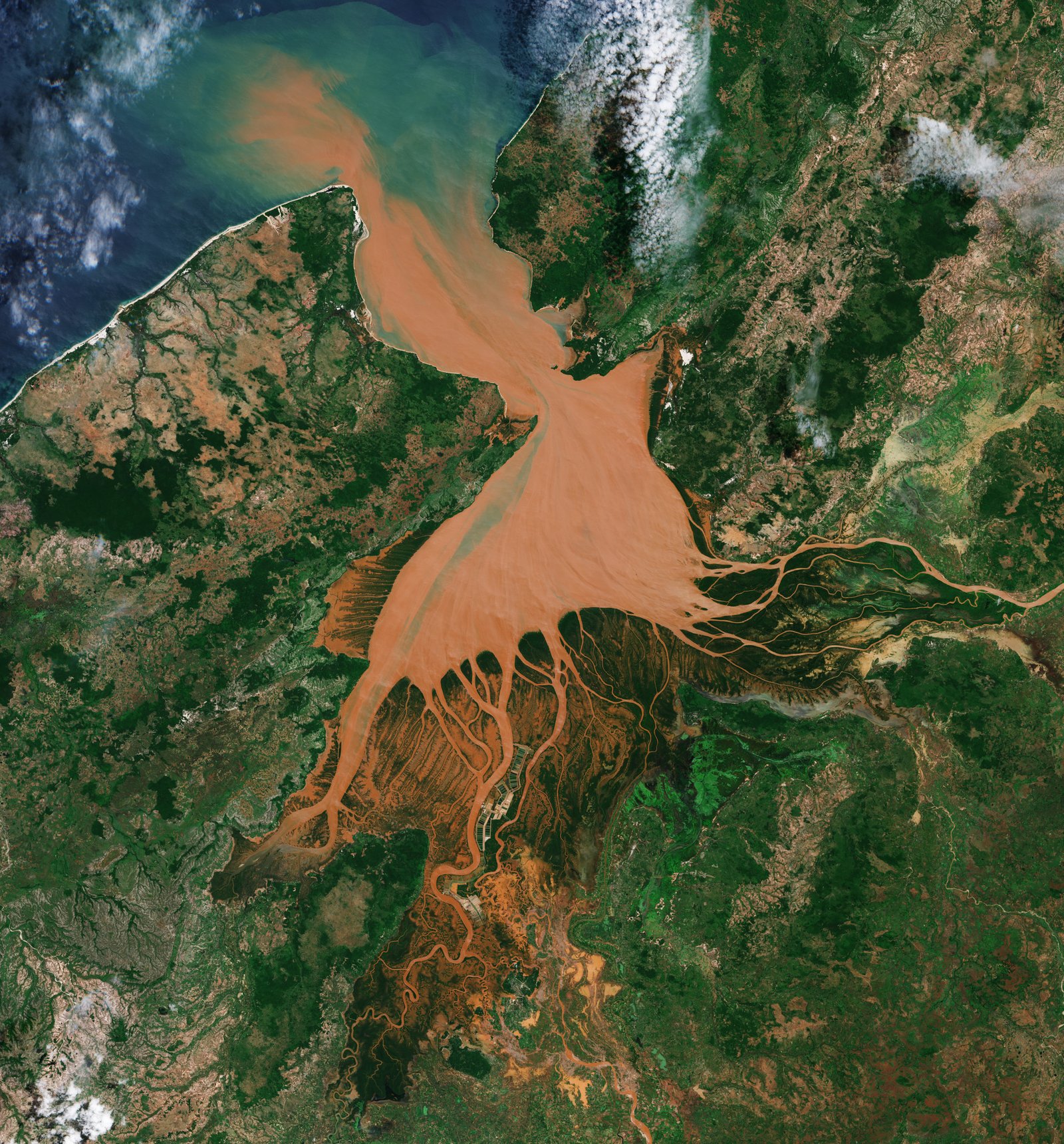
The economics of timber are as tangled as the roots of a giant ceiba tree. Plantation wood is often cheaper and more predictable for manufacturers, making it attractive for global industries. But the hidden costs of deforestation—lost biodiversity, disrupted weather, displaced communities—rarely show up on the balance sheet. The challenge is to balance short-term profits with long-term sustainability, ensuring that everyone, from loggers to local villagers to distant consumers, benefits from the trade. Plantations can help, but only if the system rewards stewardship, not just quick returns.
Consumer Choices: Power at the Checkout
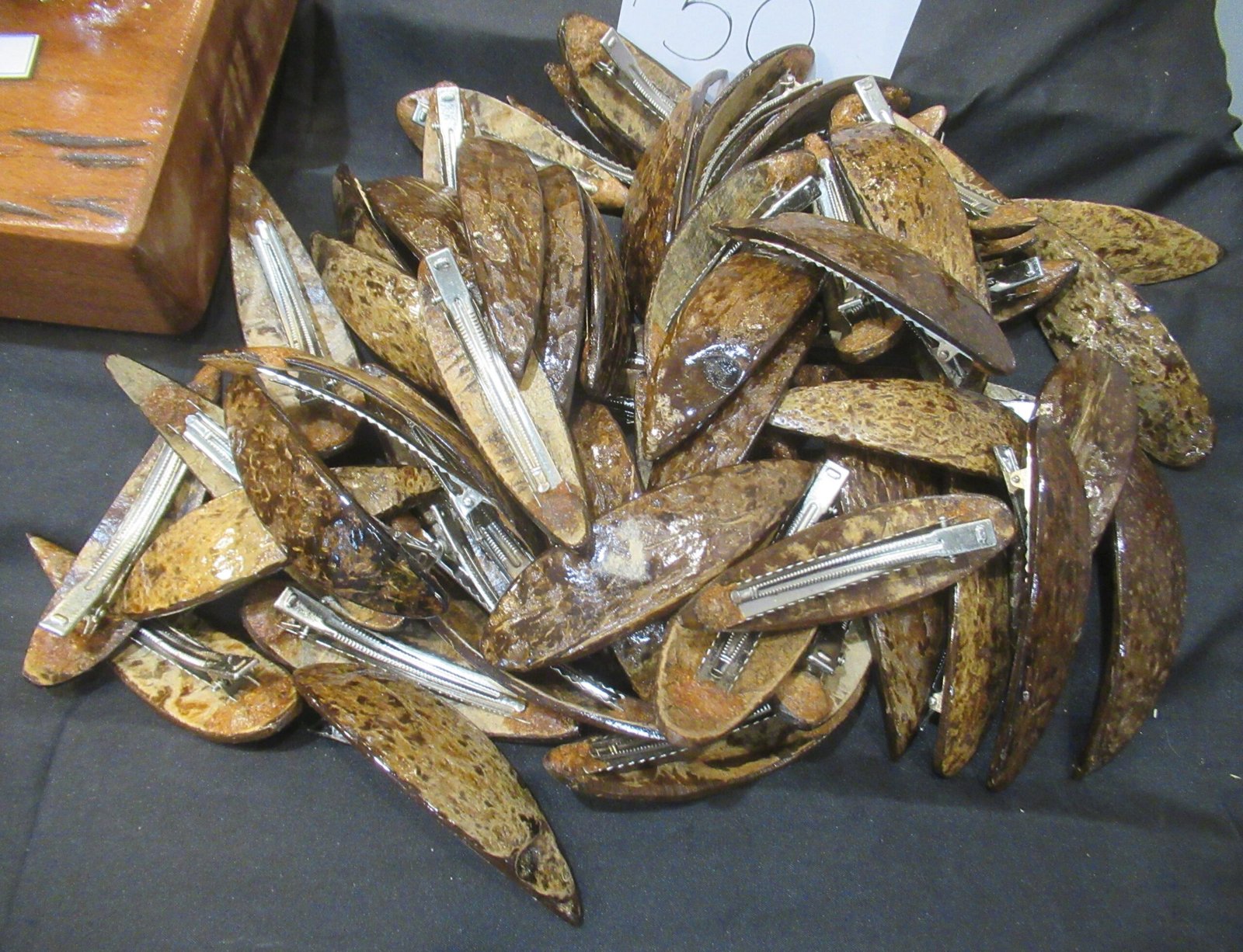
Every time you buy a wooden product, you make a choice that echoes all the way back to the forest. More consumers are asking tough questions: Where did this wood come from? Was it harvested responsibly? Certification labels, public campaigns, and ethical brands are making it easier to choose sustainably. But old habits die hard, and cheap, uncertified wood still floods the market. Change starts with awareness, but it only succeeds when buyers, sellers, and governments work together to demand better.
Lessons from Around the World
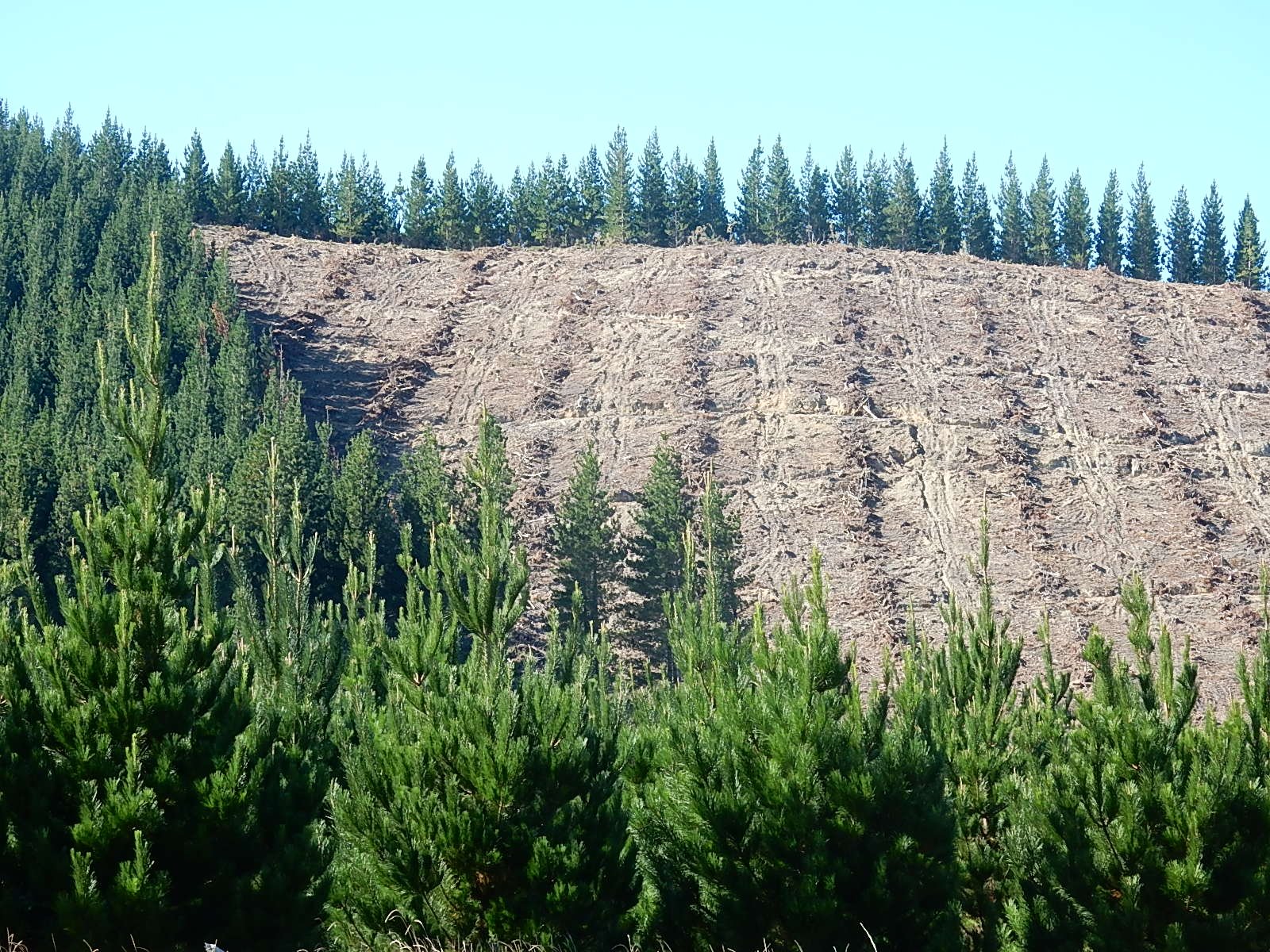
Countries like New Zealand and Sweden have shown that plantation forestry can work—if done right. These nations have invested in research, regulation, and community engagement to ensure their forests support both people and nature. Their plantations are diverse, well-managed, and integrated into broader landscapes. While the Amazon’s unique biodiversity and scale present special challenges, lessons from these countries offer hope. With vision and commitment, it’s possible to meet demand without destroying irreplaceable wild places.
Challenges in Transition: Can Plantations Truly Replace the Amazon?
Replacing Amazon timber with plantation wood isn’t a simple swap. The unique properties of Amazon hardwoods, the social fabric of forest communities, and the complex dynamics of tropical ecosystems make this a daunting task. Some uses—like high-end furniture or specialty instruments—may always require old-growth timber. Others, like paper, packaging, and construction, can increasingly rely on plantation wood. The path forward is messy, full of compromise, and shaped by choices we make every day.
Innovation in Wood Products: Beyond the Log
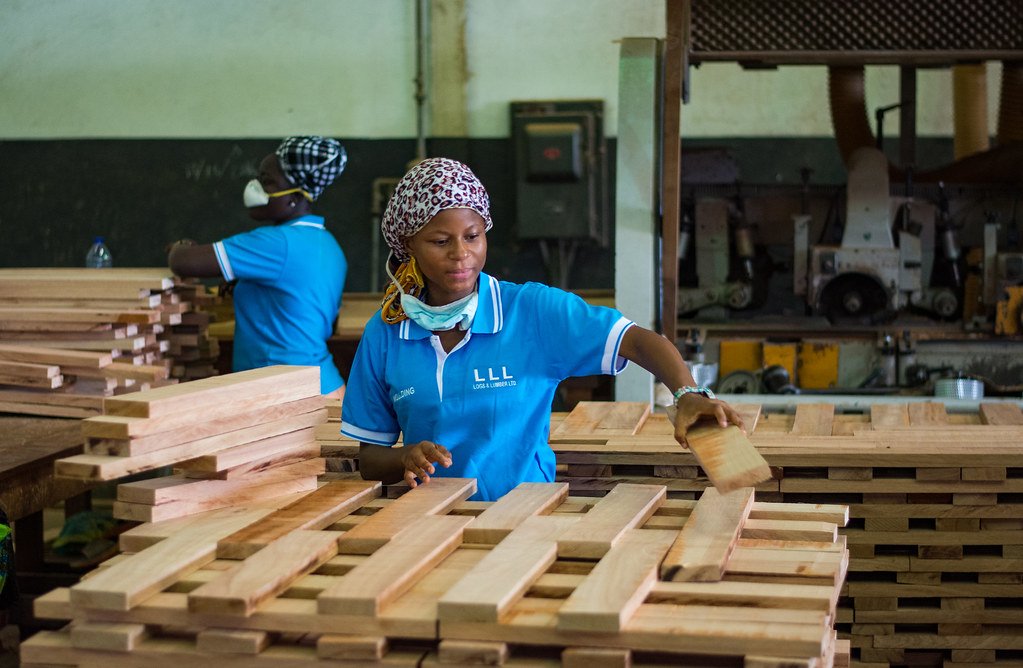
Scientists and entrepreneurs are developing new ways to use plantation wood—engineered products like cross-laminated timber, bamboo composites, and even wood-based bioplastics. These innovations can do more with less, creating strong, beautiful materials from fast-growing species. As technology evolves, plantation wood’s role in construction, packaging, and everyday life will only grow. This creative spirit could help bridge the gap between our needs and the planet’s limits.
The Voice of Indigenous Peoples
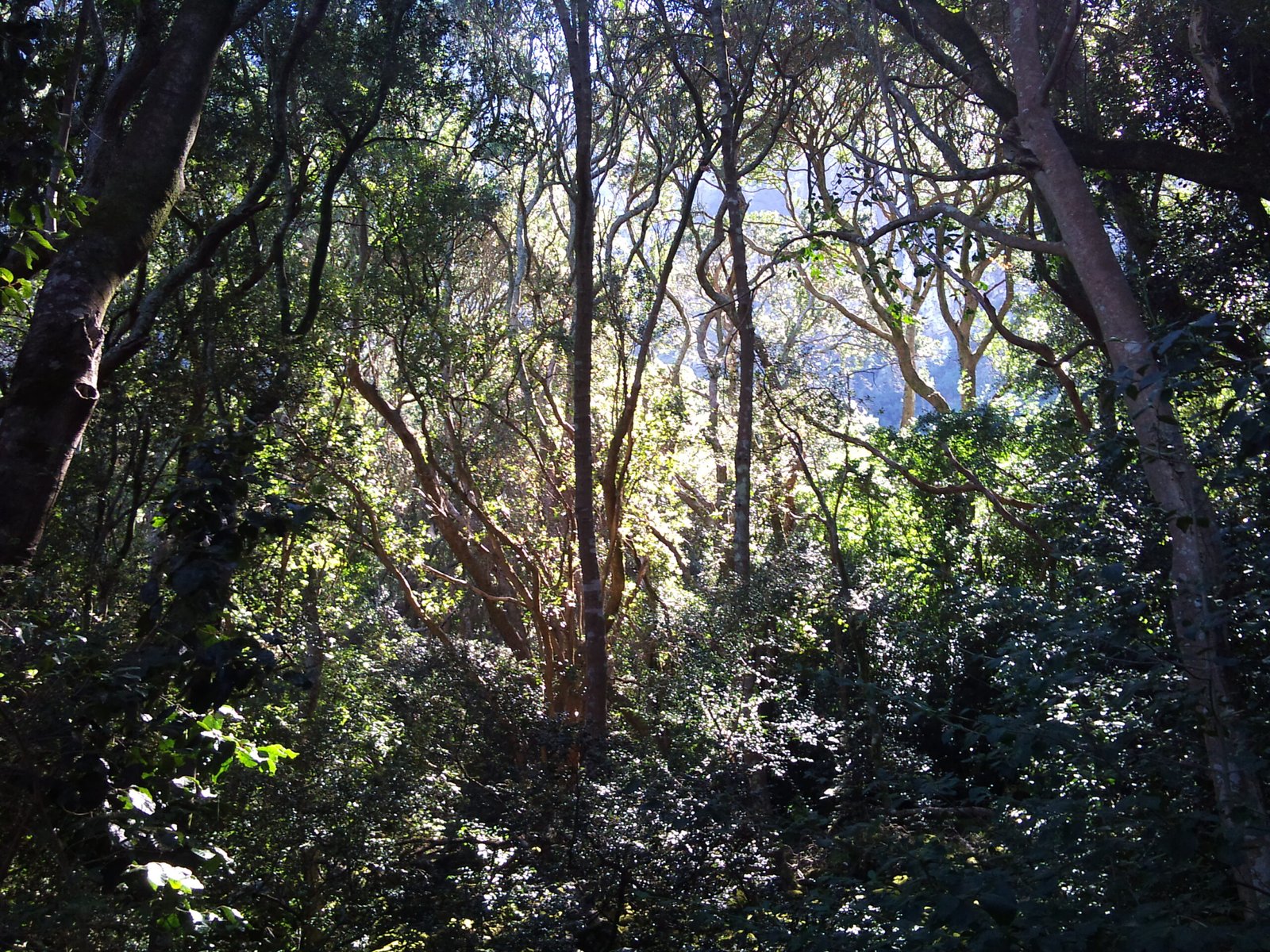
Indigenous communities have lived in and managed the Amazon for thousands of years, often with remarkable success. Their knowledge, traditions, and rights are crucial in any discussion about timber and plantations. Many indigenous leaders are wary of plantations, fearing loss of land, culture, and autonomy. Yet some have found ways to participate in sustainable forestry, blending traditional wisdom with modern practices. Respecting and partnering with indigenous peoples isn’t just fair—it’s essential for lasting solutions.
Policy and Global Responsibility
The future of Amazon timber isn’t just a local issue; it’s a global one. International agreements, trade policies, and climate treaties all shape what happens on the ground. Governments can encourage sustainable plantations, crack down on illegal logging, and invest in forest restoration. But real change requires global cooperation and a willingness to confront hard truths about consumption, equity, and responsibility.
Hope for the Future: A New Story for Wood
The story of Amazon timber is one of loss, but also of hope. Every day, scientists, activists, and communities are working to find a better balance—to meet human needs without sacrificing the wild places that inspire us. Plantation wood, when managed wisely, can be part of the solution. But it’s not a cure-all. The real answer lies in valuing forests not just as resources, but as living systems worthy of respect and protection. The next time you touch a piece of wood, ask yourself: What kind of world do you want to build?


